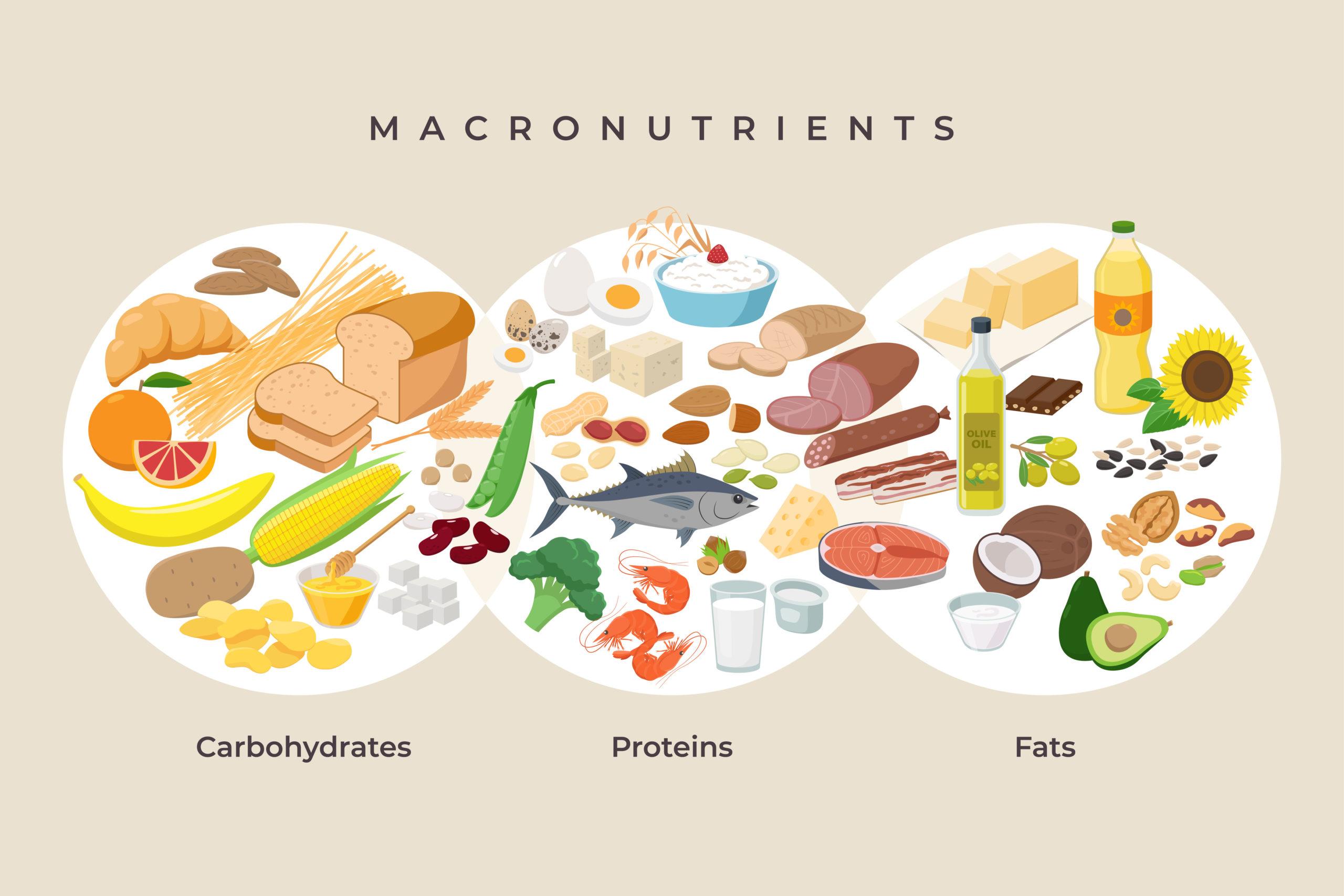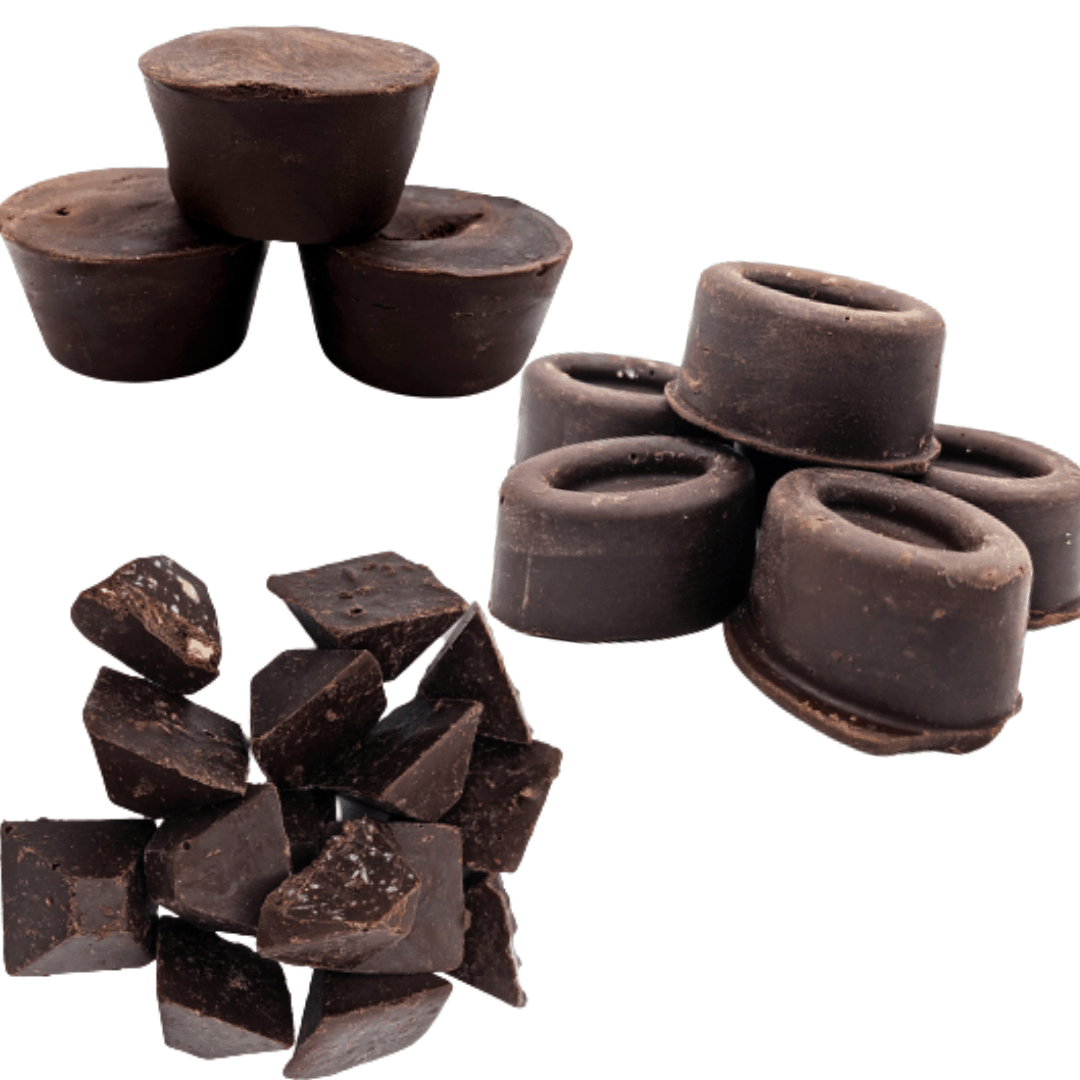

- August 16, 2021
- 7:57 am
Reaching weight loss and wellness goals on keto requires paying attention to a type of nutrient called macros. What are macros, and how do they play into the ketogenic diet?
What Are Macros?
 “Macro” is short for macronutrients, a kind of essential element all organisms consume for energy. Macronutrients fall into three categories: protein, carbohydrates and fats.
“Macro” is short for macronutrients, a kind of essential element all organisms consume for energy. Macronutrients fall into three categories: protein, carbohydrates and fats.
- Protein is involved in almost every bodily function. It’s essential for exercise recovery, as your body uses the amino acids to create bodily tissues, form enzymes and cellular transporters, and maintain fluid balance (among many other processes!).
- Carbohydrates are energy macronutrients. In people eating an average diet, the body synthesizes carbs down into glucose; this energizes the body, including the brain, and balances hormones.
- Fat is another energy macro, and like carbohydrates, we need it for hormone balance and energy. It also supplies fatty acids that the body needs but cannot make (such as omega-3), assist with absorption of the fat-soluble vitamins A, D, E and K and carotenoids.
These are different from what are known as micronutrients, which are vitamins and minerals like calcium and zinc.
Instead of only paying attention to calories or an arbitrary point scheme, breaking down your diet by macronutrients is a better way of understanding the right mix for your wellness goals. But why do you have to count your macros when you’re on keto?
If I’m On Keto, Why Should I Be Counting Macros?
 The keto diet is about removing carbohydrates from the diet so that, instead of using glucose for energy, the body turns to fat. When you restrict carbs for long enough, you enter a state called ketosis, which turns fat (including the stores on your body) into acid bodies called ketones. The body will then use ketones for energy.
The keto diet is about removing carbohydrates from the diet so that, instead of using glucose for energy, the body turns to fat. When you restrict carbs for long enough, you enter a state called ketosis, which turns fat (including the stores on your body) into acid bodies called ketones. The body will then use ketones for energy.
Reaching ketosis requires a diet that restricts carbs while ensuring you get the essential nutrients to stay healthy. Your diet must have high amounts of healthy fat (70-80%), moderate amounts of protein (15-20%), and low amounts of carbs (5-10%). Reaching the proper ratio for your goals means counting your macros.
Keeping track of your macros can help you plan smart, healthy food choices on the keto diet. It’s similar to other diets that count calories or points, but it takes it one step further: you’re counting the grams of proteins, carbs or fat consumed to make sure your diet isn’t thrown off balance.
How Do I Count Macros?
Calculating your macros requires a little math, but the Ketonut has made it simple for you! Input all your information into the Ketonut Macro Calculator: Age, Gender, Weight, Height, Activity Level, Body Fat Percentage, and the Net Carbs you’d like to consume.
When you hit enter, you will get several results. The Maintenance results will show you the ratio of macros that will help you maintain your current weight. The Goal section will reveal the proper calorie deficits and surpluses for reaching weight loss or gain goals. You can also customize the section to your needs.
As previously mentioned, conventional keto wisdom says you must get at least 70% fats, 20% protein, and 10% carbs to reach ketosis. However, you can adjust the ratio according to your goals and needs! That’s what’s great about breaking down diets into macros – your plans will be simple, effective, and easy to adjust!
Recent Posts


Sugar Free Sweet Treats

Low-Carb Products

Keto Food



